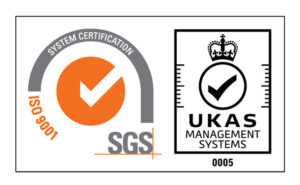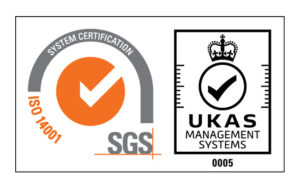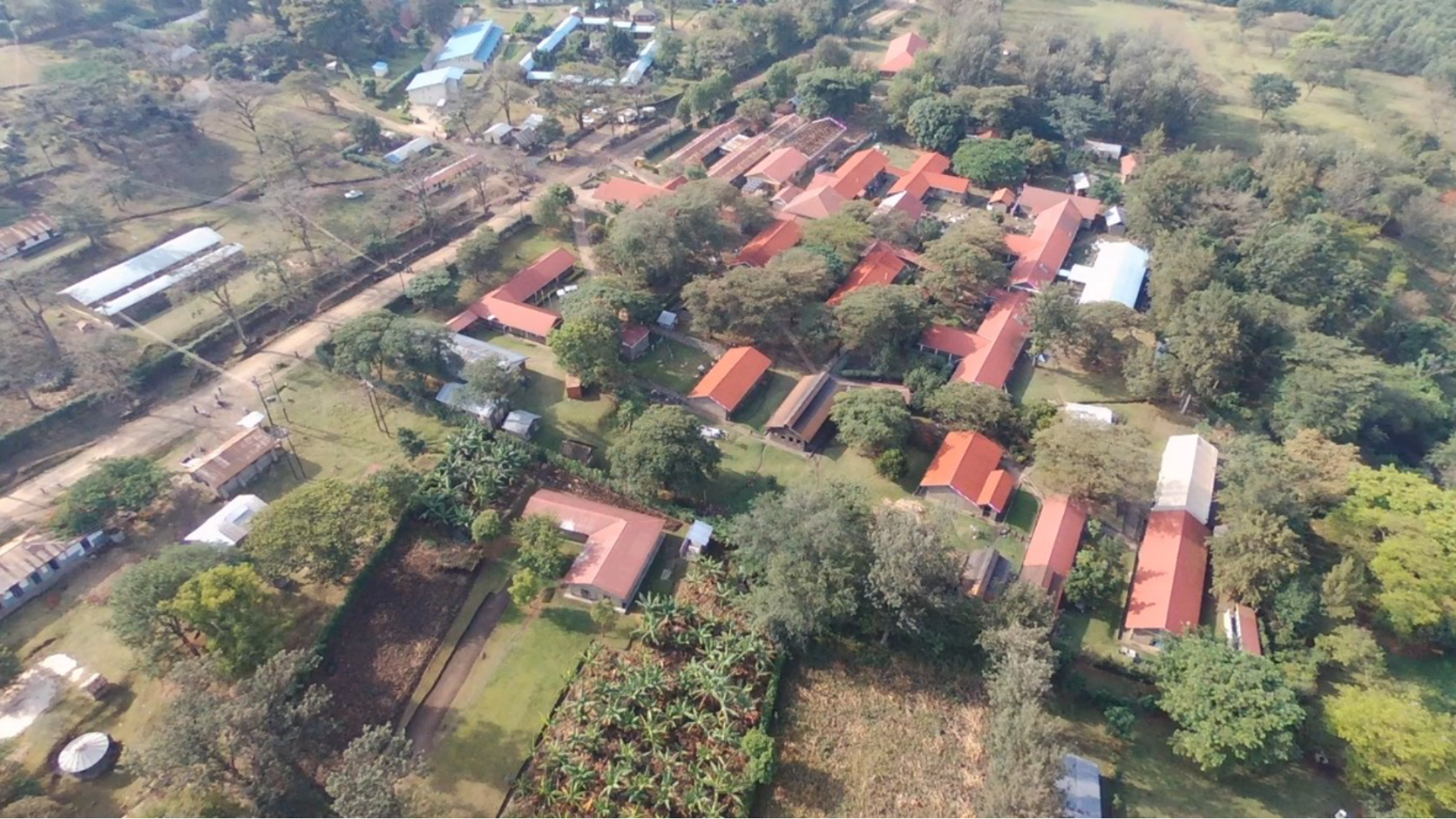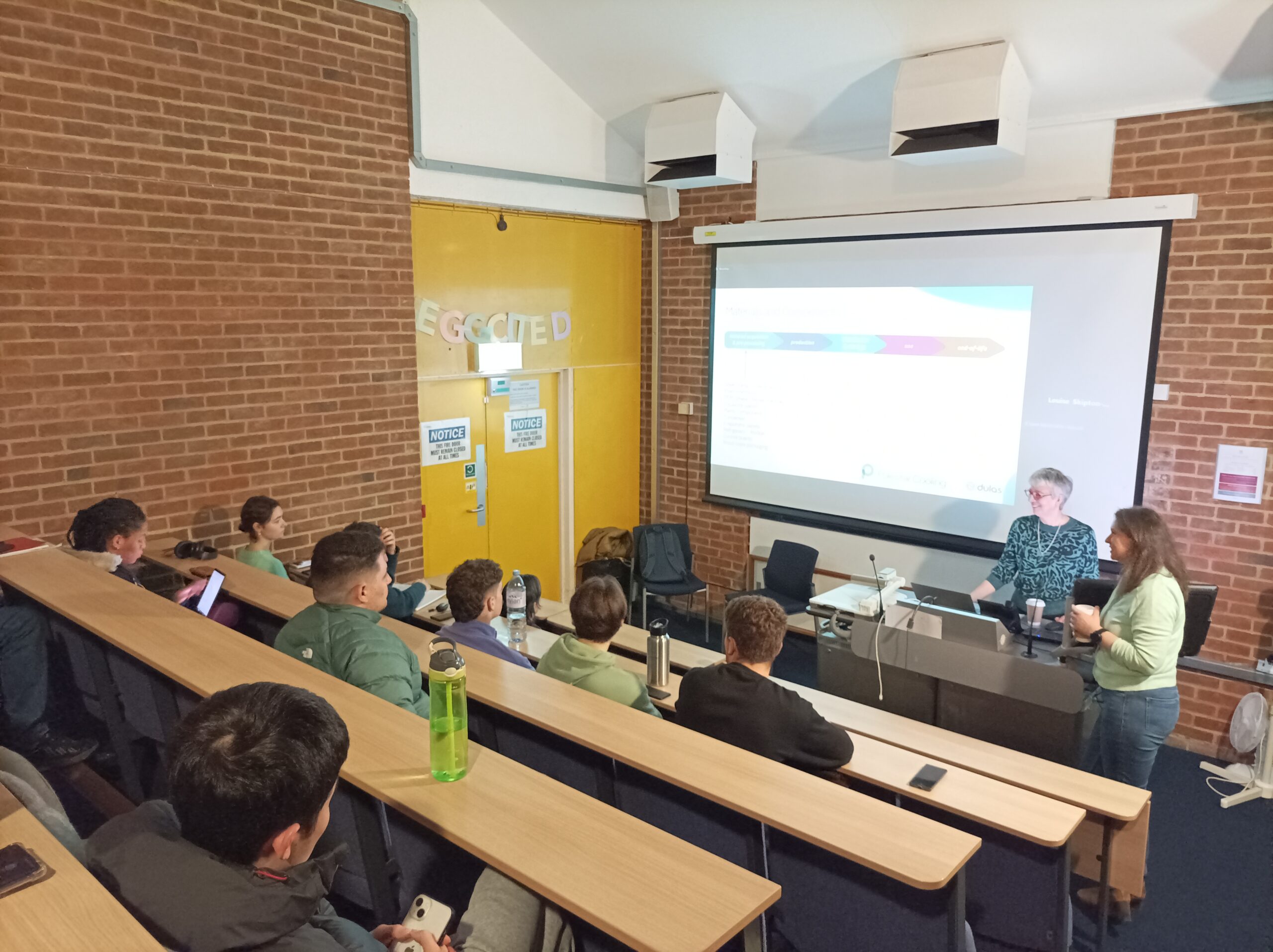To mark the ten year anniversary of the creation of the IEMA Quality Mark, Dulas reflects on the role of the Environmental Impact Assessment process and the profound influence it has on decision making around the world.
The Role and History of Environmental Impact Assessments (EIA)
When most people think of environmental protection they might imagine scenes of protesters flinging themselves in front of machines, or strong-arm agents of law enforcement moving in to stop illegal logging operations. However, the reality of environment protection lies in the more prosaic values of regulations, transparency and informed decision-making, which anticipate potential environmental harm and make great strides to avoid it at an early stage.
In the history of environmental protection, there have been several key moments that have shaped our modern understanding of how to preserve what is important, at the same time as continuing with necessary human development and economic growth. In the 1960’s, Rachel Carson’s book ‘The Silent Spring’ was a pivotal moment in raising public consciousness on wider environmental issues, although the Great Smog of London a decade earlier had already brought home the horrors of rampant pollution with the deaths of an estimated 4000 Londoners. Other phemonena raising public consciousness included the Cold War and the prospect of nuclear war and nuclear fallout; whaling and the threatened extinction of whales and other species affected by human industry; and ozone depletion and the ozone hole. Ultimately these all contributed to a climate of opinion that resulted in greater protection, legislation and the formation of regulatory controls, such as EIA.
The evolution of the modern EIA process began in the United States in 1969 with the enactment of the National Environmental Policy Act (NEPA). In the Europe, Directive (85/337/EEC) on Environmental Impact Assessments (known as the EIA Directive) was introduced in 1985 and subsequently amended in 1997 and 2003.
In the UK Environmental Impact Assessments (EIAs) have been with us in Parliamentary legislation since 1988 and we all know that they are intended to ensure that the environmental implications of decisions on development proposals are taken into account as decisions are made. Although EIAs are commissioned and paid for largely by the developers of projects, the information they contain lives in the public domain and is for the benefit of all those affected by the project, so it is essential that they provide objective, independent and transparent information. More recent updates to EIA regulations across the devolved regions of the UK were adopted in the 2010s, but all still seek to achieve the inherent objective of EIA, delivering sustainable development for the long term whilst protecting environmental assets.
The EIA process at its heart is little more than a data gathering and prediction exercise that seeks to anticipate potential environmental significant effects which may occur, and then allow changes (known as mitigations) to be put in place to avoid or reduce the severity of effects in practice. This is all done well in advance of any development occurring. The great strength of EIA legislation is that it does not prescribe that environmental protection must be adhered to, rather it only insists that a process of transparency and data gathering is followed, after which an objective, rational decision on how to proceed can be made by the relevant determining authority, whether a local council or the Secretary of State.
What do they cover?
In the renewables industry, EIAs are most often a compulsory part of the planning and consenting process for almost all wind energy developments greater than two wind turbines, and increasingly they are required for utility-scale solar projects. Within an EIA, the potential impacts and effects of a development on many factors must be accounted for: human health, fauna and flora; soil, water, air, climate, amenity and the landscape; material assets and the cultural heritage; and the interaction between these factors, are examined and their significance assessed. Where necessary, mitigation measures to eliminate or reduce potential impacts are identified. Often an assessment of cumulative effects with other developments is required. The outcome is large, complex EIA documents, which must be supported by Non Technical Summaries to better enable public understanding.
Do they work?
The EIA is a powerful tool. Carried out properly, it informs decisions on new developments to ensure potentially harmful schemes incorporate mitigation to ensure no significant adverse effects occur. Done badly, the process and outcome of an EIA can be complex and confusing, leaving local communities unsure how a development might affect them or how to get involved.
However, despite criticisms, EIA guidance and regulations have been adapted and improved to aid decision making, and it remains a dynamic tool for objective decision making in most countries that apply it.
Maintaining standards
Ten years ago, IEMA (Institute of Environmental Management and Assessment) launched the EIA Quality Mark to promote high standards for those working in the environment and sustainability sector, particularly those engaged in environmental management and in the production of EIAs. For the client, having an EIA conducted by an IEMA accredited provider gives confidence that the EIA will be industry compliant to a highly professional standard. Dulas has been an accredited provider since it’s the launch of the Quality Mark.
Michael Phillips, Principal Consultant at Dulas says: “EIA practitioners are essentially the interface between local communities, developers and the environment on these projects. It is a regulated process and the procedural complexities can be very demanding. Ultimately, we want the best for everyone involved, but above all, we have to remain objective. Where we identify adverse impacts, we offer constructive and practical recommendations as to how clients can modify their designs or adopt new measures to reduce their project’s environmental risks. We hope from this to enable new clean energy schemes at this time of climate emergency to come forward delivered that also respect and enhance environmental interests wherever possible.”
Reform
In August 2020 the Government set out its proposals for planning reform in its white paper, ‘Planning for the Future’.This included an outline of plans for reforming the EIA and the strategic environmental assessment (SEA). It is clear that the EIA process will continue to evolve over time, which we hope will lead to an improved system to administer whilst maintaining the high standard of transparency and data gathering that is crucial to a successful development process.








